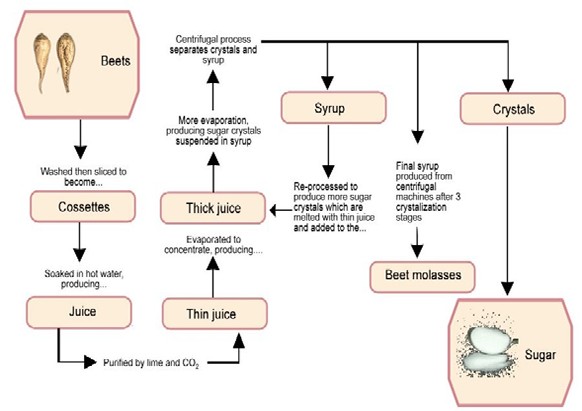Extracting beet syrup is easy. Chop up the beet into small pieces then cook it to burst the cells. Boil it down until you have a good thick syrup. At least, that's what the interweb says.DeniseCharleson said:Sugarcane and sorghum are two different plants. The process to extract sugar from sugar beets is quite complex and of doubtful feasibility on a small scale. Sugarcane and sorghum are easier. Sugarcane cultivation is limited to lower latitudes; TX, LA, & FL produce much sugarcane. Sorghum is more suitable for northern latitudes.BarredBuff said:You could possibly grow sugar cane and make Sorghum.
Making white granulated sugar from anything is really really hard. It's not a DIY project. I don't know how it's possible to sell it for 1 $/lb and make money. There's a lot of energy that goes into making it white. Throughout history, I think dark brown sugars and syrups were the norm. Beet syrup is still used in Germany. And Indians use jaggery which is an impure sugar from the pulp of (sago?) palms. I don't know why white granulated sugar became so common. The purity comes at a price and it has almost no value in baked goods. We even add molassas back into some baked goods...

